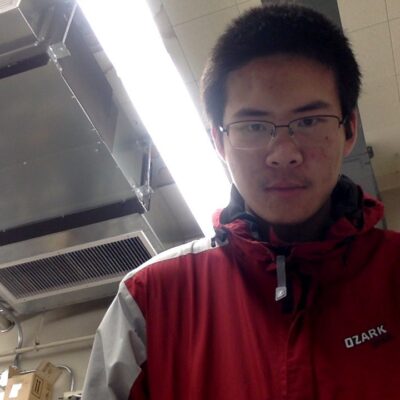Zihang Wang L&S Sciences
Automated Probe Station with Machine Learning Technique & Heterostructures' Moir Pattern Investigation
My research topic is inspired by the recent discovery of some novel properties in superconductivity and mott-like insulating behavior of twisted bilayer graphene (TBG). In general, there exist a variety of twisted systems that may exhibit similar behavior as TBG (such as -RuCl3). My goal is to test different twisted heterostructures optical and transport properties with a standardized exfoliation/ transfer method. Since making the twisted angle heterostructure is difficult to achieve accurately by hand, the first phase of my research is to motorize the transfer stage with full control of the software. Popular machine learning analytic technique (such as Penalized linear regression) may be used to boost flake identification speed and accuracy. The second phase of my research will be focused on optical characterization and low temperature transport. We will employ optical spectroscopy methods (such as Raman, photoluminescence and Near-field infrared optical spectroscopy), which are important to identify the heat and phonon vibration properties of twisted heterostructures. Meantime, standardized transport measurements with the electric and magnetic field may apply to determine the electric properties of twisted heterostructures.
Message To Sponsor
I would like to thank the McKinley fund's generous support. Throughout this experience, I gained so much knowledge and research skills that I will benefit from them in the future. This unique opportunity has prepared me to be a better future scientist. Thank you!